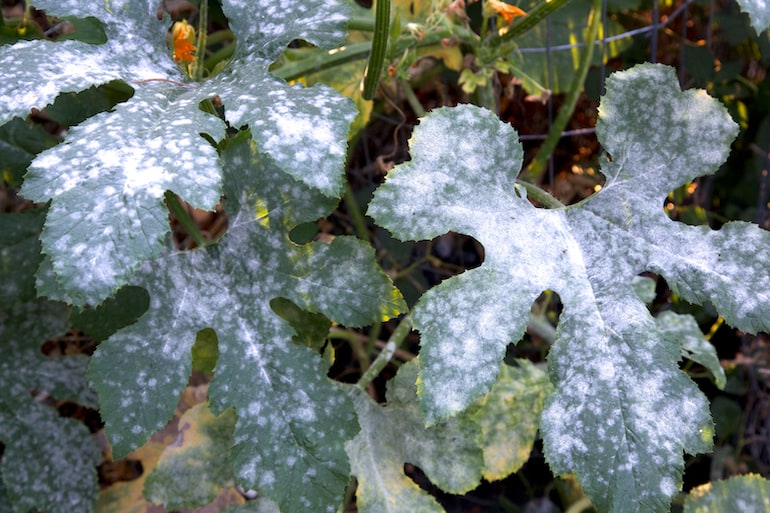1 How to Prevent and Treat Powdery Mildew
- Author: growinginthegarden.com
- Published Date: 08/28/2022
- Review: 4.81 (752 vote)
- Summary: Treat powdery mildew with a milk solution every 7-10 days. The protein in milk may create an antiseptic effect when exposed to sunlight. Use a 40% milk to 60%
- Source: 🔗
2 Powdery mildew in the flower garden
- Author: extension.umn.edu
- Published Date: 03/27/2022
- Review: 4.79 (506 vote)
- Summary: How to manage powdery mildew · Replace severely infected plants with a resistant variety or with a plant from a different family. · When planting, space the
- Source: 🔗
3 Powdery Mildew Control in Your Garden
- Author: yates.com.au
- Published Date: 11/30/2021
- Review: 4.44 (483 vote)
- Summary: To help control powdery mildew on cucumbers, rockmelon and other vegetables, spray with Yates Lime Sulfur. For roses and ornamentals, powdery mildew can be
- Source: 🔗
4 Simple Steps to Prevent Powdery Mildew
- Author: finegardening.com
- Published Date: 02/08/2022
- Review: 4.35 (328 vote)
- Summary: Neem oil can be used to prevent powdery mildew, if the disease has been a problem in the garden during previous seasons. Neem is an effective control,
- Source: 🔗
5 How to treat powdery mildew on vegetables and flowers

- Author: growingformarket.com
- Published Date: 09/10/2022
- Review: 4 (400 vote)
- Summary: Oils alone can be used to control powdery mildew. Vegetable seed oils such as canola oil can be used, at a rate of 2.5 to 3 Tablespoons per gallon of water,
- Matching search results: As warm, dry weather settles in this month, be alert for the development of powdery mildew on crops. Powdery mildew is a common summer problem on many types of vegetables and cut flowers. But most powdery mildew can be avoided or cured with …
- Source: 🔗
6 Garden diseases – Powdery Mildew

- Author: thompson-morgan.com
- Published Date: 01/03/2022
- Review: 3.85 (527 vote)
- Summary: How do I treat powdery mildew? · A 10% milk solution – simply mix milk and water and give your plants a thorough spray. · Baking soda fungicide solution – to
- Matching search results: Powdery mildew refers to a wide array of related fungi which attack leaves stems and flowers. Individual varieties of fungus usually only affect a narrow range of plants, so just because your geraniums show signs of infection, doesn’t mean your …
- Source: 🔗
